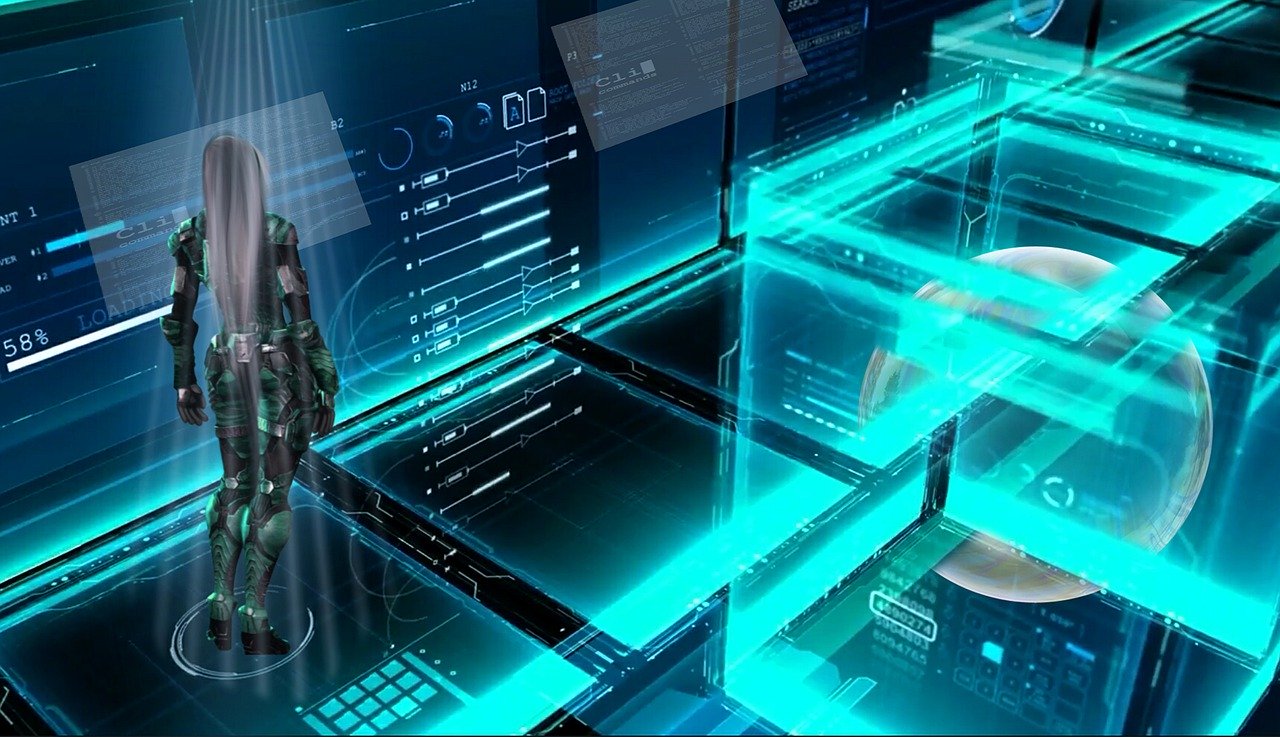Today, most markets are saturated, and companies are fighting for the same customers. This is why organisations should no longer aim for customer satisfaction but rather delight. But how can you delight your customers so they remain loyal advocates?
With fewer and fewer differences between the products and services offered, many companies have realised that they can – and should – differentiate by improving their customer experience. Here are twenty ways to get started, together with best-in-class examples, but I’d love to hear how you delight your own customers and turn satisfaction into loyalty.
1. Deliver Exceptional Customer Service
Exceptional customer service is the first essential step to plan. It’s about creating an unforgettable positive experience that fosters loyalty and word-of-mouth promotion.
A study by American Express found that 70% of consumers are willing to spend more with companies they believe provide excellent customer service.
Nordstrom sets a high standard in this regard, famously accepting the return of car tyres they never sold to satisfy customer expectations and demonstrate their commitment to service.
This example underscores the importance of empowering employees to make decisions that prioritize customer satisfaction, fostering a strong customer-centric culture.
Another company renowned for its customer service is Zappos, an online retailer. The company has a 365-day return policy and is known for going above and beyond for customers, such as when a customer service representative sent flowers to a customer who had lost her mother.
2. Personalise the Experience
Personalization makes customers feel uniquely valued and understood. It is the second most important way to delight your customers.
According to a report by Epsilon, 80% of consumers are more likely to purchase from a brand that provides personalized experiences.
Spotify exemplifies personalization by using sophisticated algorithms to tailor playlists to individual tastes, improving user engagement and increasing subscription retention rates.
This approach demonstrates how leveraging data and technology to understand and anticipate customer preferences can significantly enhance the user experience.
Netflix offers another excellent example of personalization. It analyzes viewing patterns to recommend shows and movies, enhancing user satisfaction and retention. I bet you’ve clicked on many of their suggested titles. I know I have!
3. Offer a Loyalty Program
Loyalty programs reward and encourage repeat business, creating a tangible incentive for ongoing patronage.
This strategy boosts sales and delights customers by enhancing their emotional connection with the brand and making members feel valued and special.
Sephora’s Beauty Insider program offers a compelling example with tiered rewards, including birthday gifts, exclusive discounts, and early product access.
Any way that makes your customers feel special will also increase their loyalty and advocacy.
4. Maintain High Quality and Reliability
A company’s commitment to quality reassures customers and confirms their purchase decision, fostering trust and satisfaction.
Especially where larger and exceptional purchases are made, your customers need ongoing reassurance that they made the right decision.
Toyota is renowned for the durability and reliability of its vehicles, which has cultivated a loyal customer base







